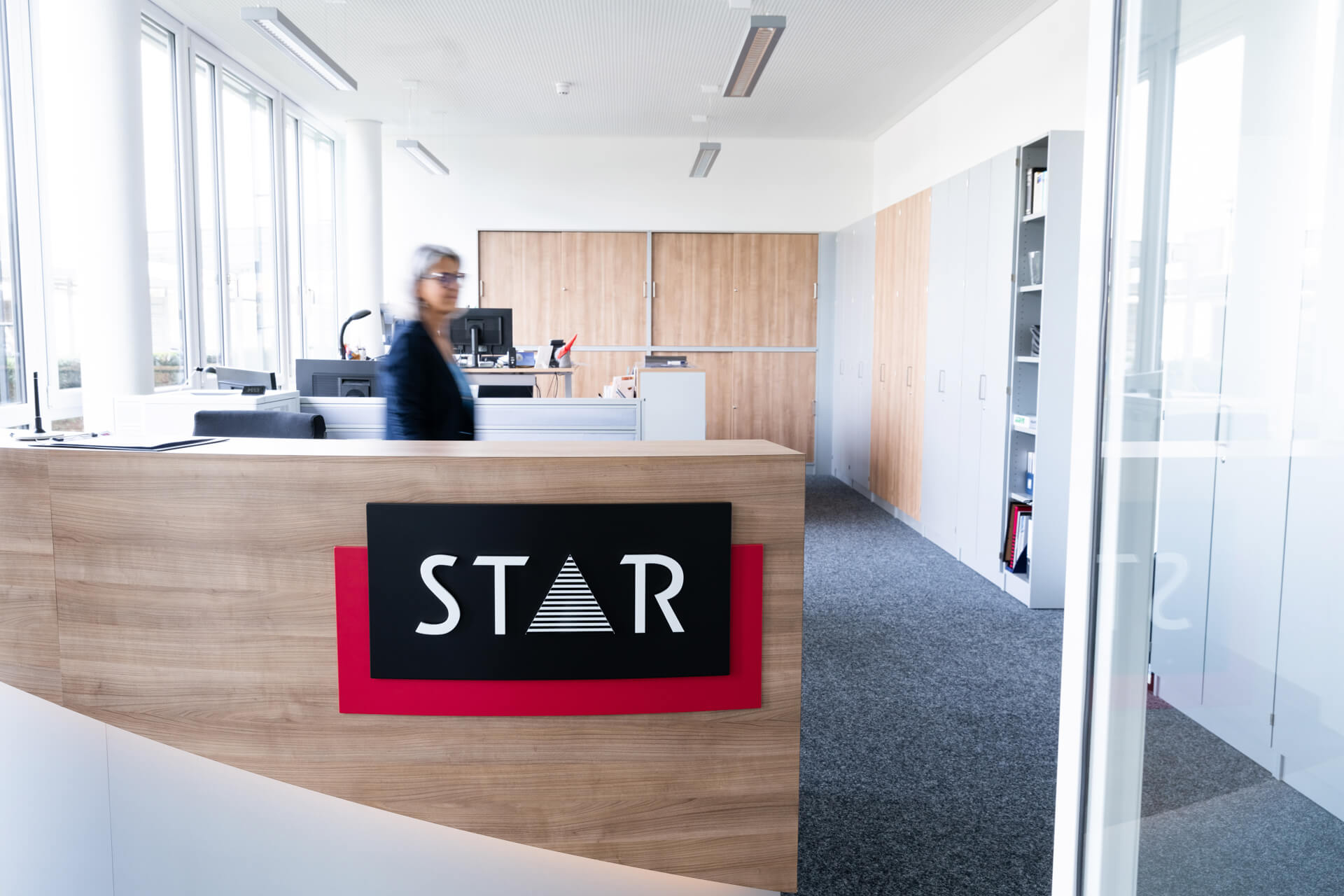Writing with translation in mind leads to faster processing times and improved reuse
Source texts that have been written with translation in mind take into account the following considerations:
- Unambiguous, consistent naming of functions and components reduces the variants in the source and target languages, and therefore leads to higher re-use rates from the translation memory.
- Texts comprised of short, easy-to-understand sentences are not only better for the end user; they also reduce the effort needed for translation and prevent potential mistakes being introduced through incorrect interpretation.
- When using a content management system, clear tagging and providing context or previews makes the translator’s work easier.
- In this way, improved source texts can also reduce the costs and time needed for translation.




